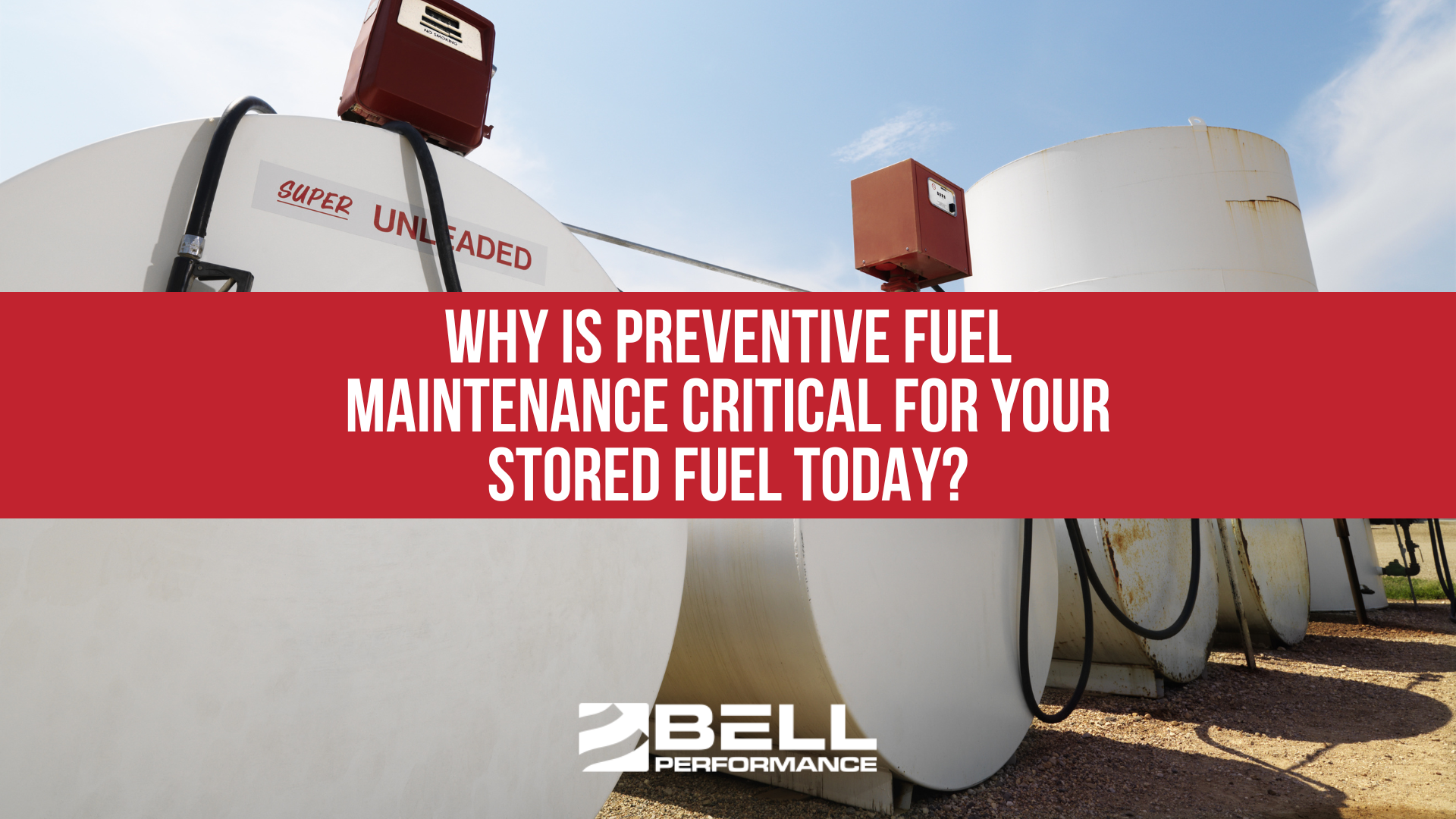7 Signs of Diesel Fuel Contamination by Microbes, Fungus, and Bacteria
Maintaining today's stored backup fuels is a bigger job than it used to be. One major reason is that fuels themselves have changed. Ultra-low sulfur...

Imagine a scenario where a hospital faces a power outage but finds its backup generators faltering due to poor fuel quality. Such a situation underscores the critical importance of fuel sampling - not just as a regulatory requirement but as a safeguard for your essential operations. Whether you're managing a healthcare facility, an industrial plant, or any mission-critical installation, understanding and executing proper fuel sampling is pivotal. This blog post demystifies the process, offering easy-to-follow tips and insights to ensure you're always prepared.
Table of Contents
Begin with clean equipment—your sampling device and containers must be completely free of residue or moisture, as even small contaminants can skew test results. The type of container matters, too. Glass is fully inert and ideal for long-term stability, but if you're shipping samples to a lab, it requires additional protective packaging. A clean, fluorinated HDPE plastic container is also acceptable and widely used; the fluorination prevents fuel permeation, softening, and vapor loss over time. When filling the container, leave some headspace—about 80% full—to allow for thermal expansion and to prevent pressure buildup during transport.
The amount of fuel you need depends on the specific tests you're requesting—some analyses require only a few ounces, while others need substantially more. As a general guideline, pulling at least one quart will cover the vast majority of laboratory tests. It’s also smart practice to collect two identical samples: one for the lab and a second to keep as a retained backup in case the original is damaged, compromised, or needs to be re-tested. Keeping a reserve sample protects you from delays and ensures there’s always a verifiable reference if results come into question.
How best to take fuel samples? There are two main ways to do this.
The industry standard is a device called a Bacon Bomb. Some call it a Pencil Bomb or a Fuel Thief. It looks like a cylinder that is lowered into the tank, with a cord that can be pulled to allow fuel to flow into the cylinder at the appropriate time. They are usually made from brass or some non-sparking metal for safety. These are probably the best devices to use because, at the very least, they allow you to take your samples at the right depth for what you need to find out. Don't underestimate the importance of that.
Alternatively, if your fuel storage tank has sampling valves, it's acceptable to drain samples from those. The ASTM protocols allow you to do this provided you run about 5-10 seconds of fuel out of the drain before filling your sampling container.
For a representative picture of your fuel condition, you should pull samples from two depths: the bottom zone and the mid-level zone of the tank. For the bottom sample, avoid the true dead bottom where intrusive water and settled sludge accumulate—3 to 6 inches above the bottom is ideal to capture fuel that still reflects tank conditions without pulling pure water or sediment. For your mid-level sample, about 18 inches above the bottom usually provides a reliable snapshot of the fuel column, though shallow tanks may require proportional adjustments. If your site receives regular fuel deliveries, it’s also wise to pull a sample directly from the delivery truck; this gives you a clean look at the fuel quality coming straight from the terminal and helps you distinguish supplier issues from on-site storage issues.
Once the sample is pulled, the clock starts ticking—fuel begins to change almost immediately, especially if microbial testing is involved. To preserve accuracy, keep samples chilled on ice until they’re ready to ship; cooling slows microbial activity and helps maintain the chemistry of the fuel. If you're using a clear glass container, wrap it in a light-blocking material to protect the sample from sunlight, which can degrade fuel or influence microbial growth.
Before shipping, make sure the container’s cap is tightly sealed to prevent leaks or vapor loss. Place the sample bottle into a sealed plastic bag as a secondary containment barrier, then pack it inside a sturdy corrugated box with enough padding to prevent movement. This packaging method meets common lab requirements and is considered an acceptable shipping configuration for petroleum fuel samples.
Maintaining today's stored backup fuels is a bigger job than it used to be. One major reason is that fuels themselves have changed. Ultra-low sulfur...

The concept of preventive maintenance isn't new—we see it everywhere in our daily lives. You change your car's oil before it breaks down. You...
Service companies working with government installations, hospitals, data centers, and emergency response facilities - the places we call "mission...